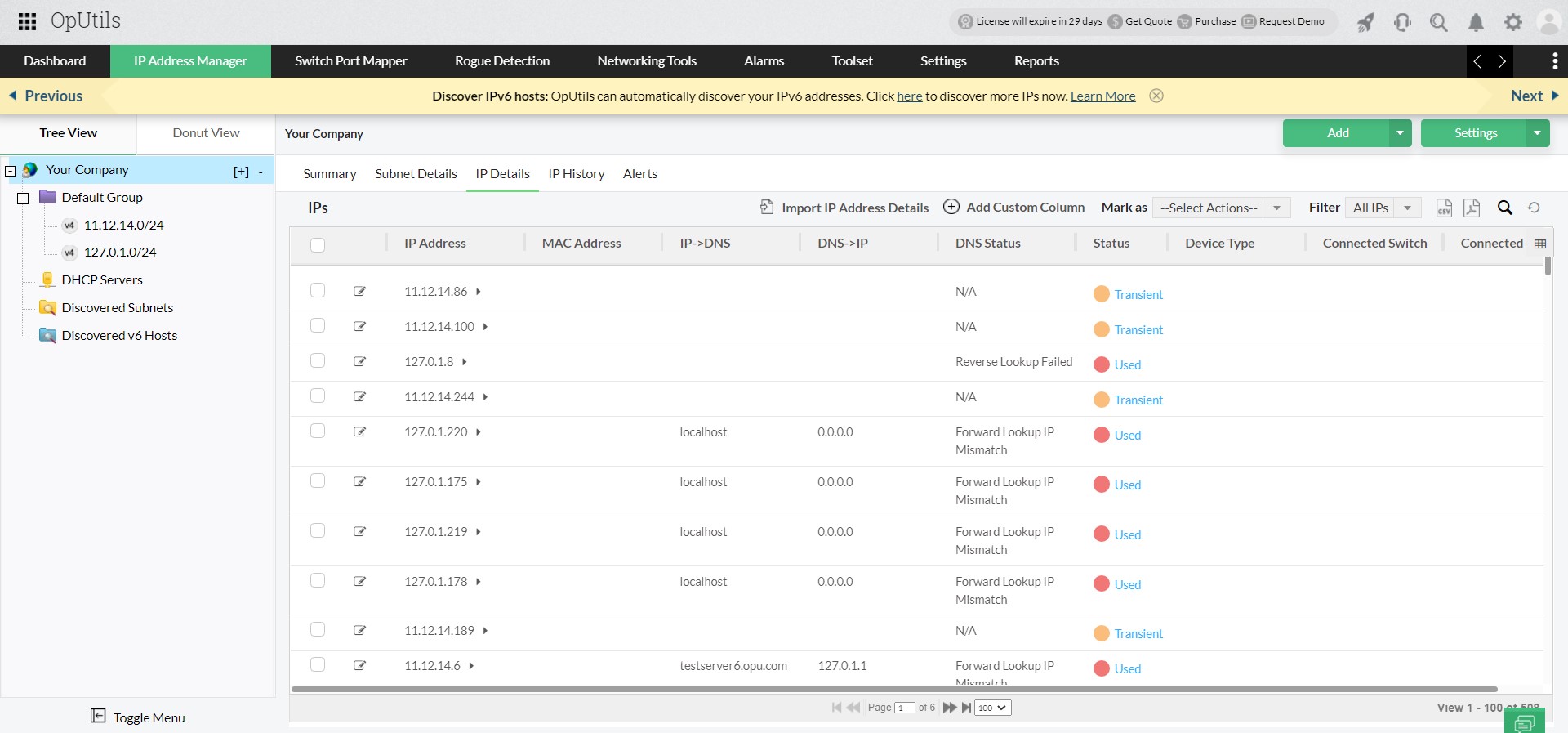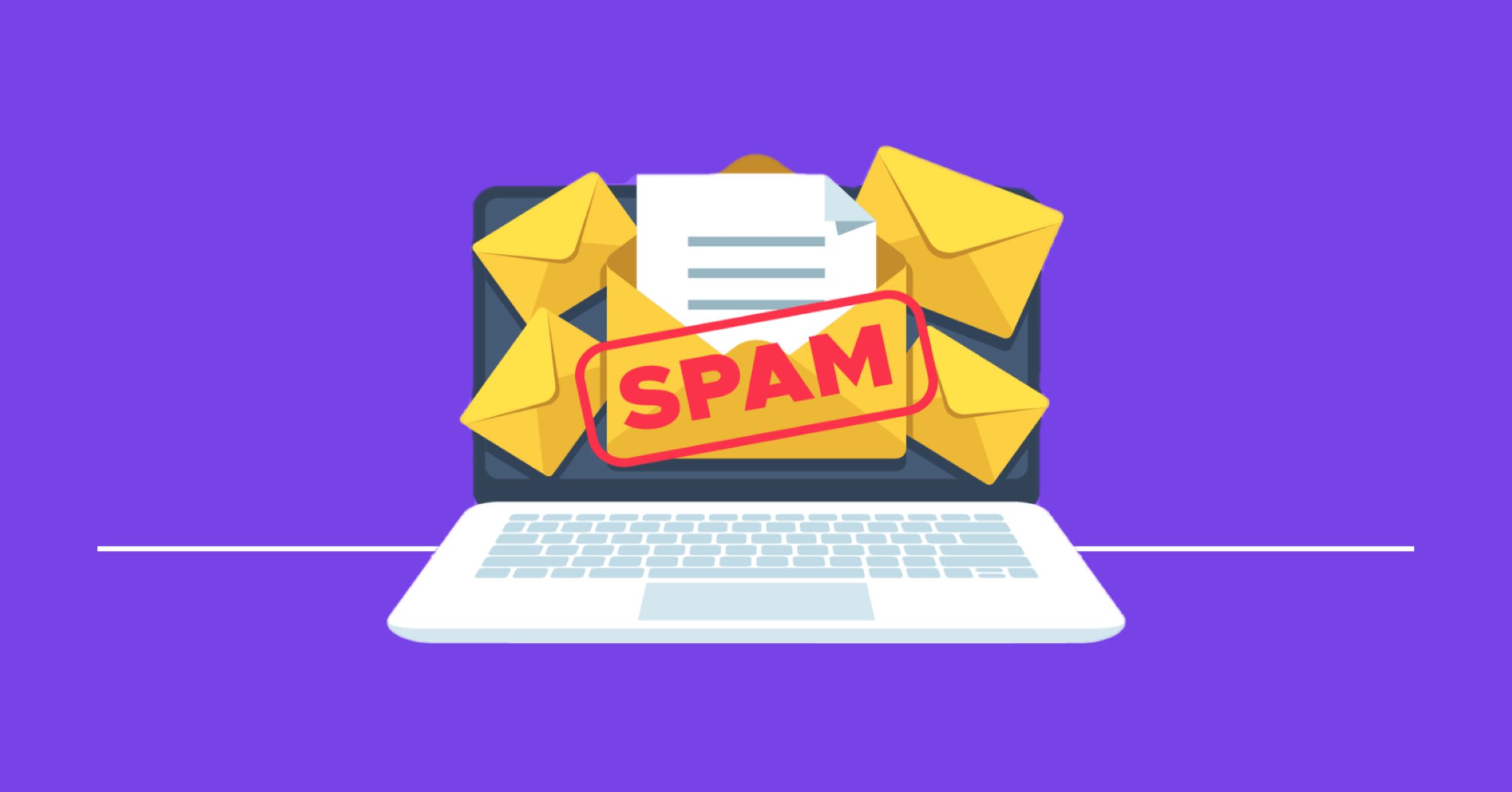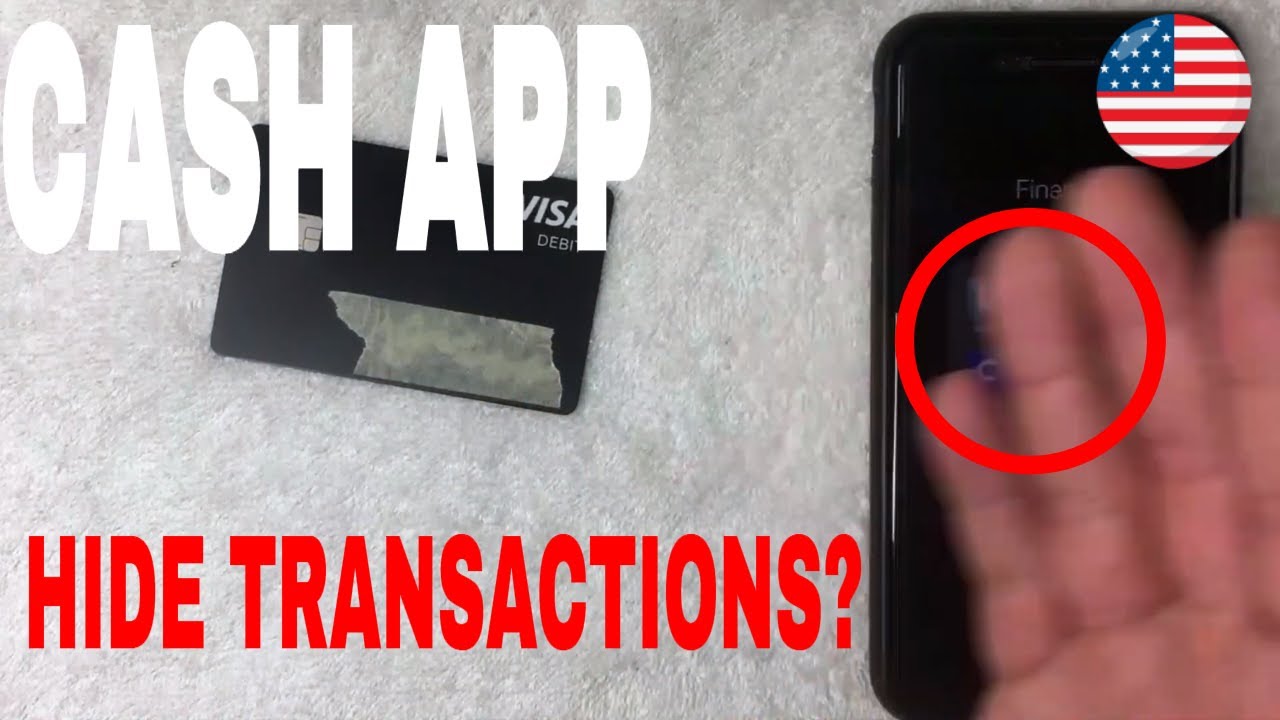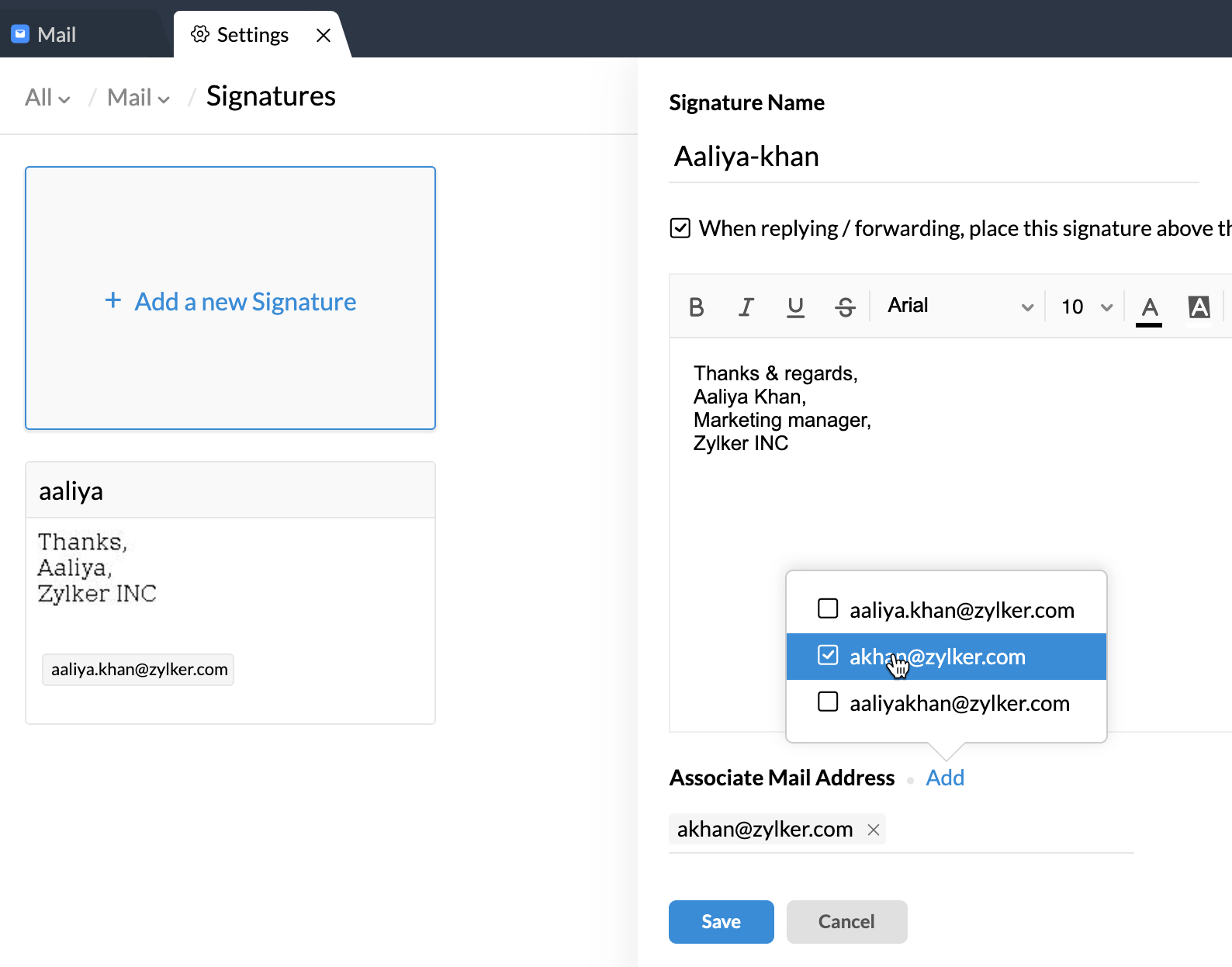Introduction
Sending an anonymous email can be a useful tool in various scenarios. Whether you want to protect your identity, maintain privacy, or communicate sensitive information, anonymity is crucial in today’s digital age. An anonymous email allows you to send messages without revealing your real identity or IP address, ensuring your message remains confidential and untraceable. While the concept of sending anonymous emails may seem complex, it can be easily achieved with the right tools and techniques.
Why would you need to send an anonymous email? There are several reasons to consider. Perhaps you want to report misconduct or wrongdoing in your workplace without fear of retribution. Maybe you need to arrange a secret surprise for a loved one without giving away your identity. Whatever the case may be, having the ability to send anonymous emails provides a layer of protection and peace of mind.
To send an anonymous email, you will need a reliable anonymous email provider and a few additional tools. It’s crucial to choose a provider that respects your privacy and does not log or track your activities. Additionally, using the Tor Browser, an internet browser that anonymizes your online presence, will help ensure your anonymity throughout the process.
In this guide, we will walk you through the steps of sending an anonymous email, from selecting a provider to maintaining your anonymity. By following these steps, you can protect your identity and communicate securely without revealing any personal information.
Why Send an Anonymous Email
Sending an anonymous email can have various advantages in today’s interconnected world. Here are a few reasons why you might consider sending an anonymous email:
- Protecting Your Identity: Anonymity is essential when you need to communicate without revealing your real identity. Whether you’re blowing the whistle on wrongful activities or expressing your concerns about a sensitive issue, an anonymous email allows you to maintain your privacy and avoid potential consequences.
- Reporting Misconduct: If you have witnessed misconduct or illegal activities, sending an anonymous email can be a way to report these incidents without fear of retribution. By protecting your identity, you become a whistleblower who can help bring justice and accountability.
- Ensuring Privacy: In a world where online privacy is increasingly at risk, an anonymous email provides a secure way to communicate sensitive information without leaving a digital trail that can be traced back to you.
- Safeguarding Personal Safety: Sometimes, revealing your identity can put you in harm’s way. By sending an anonymous email, you can protect yourself from potential threats and maintain your personal safety.
- Organizing Surprise Events: Sending anonymous emails can also be a fun and creative way to plan surprise parties or events for your loved ones. By keeping your identity hidden, you can maintain the element of surprise and excitement.
Regardless of your reasons, sending an anonymous email allows you to control the level of information you disclose and protect your online presence. It empowers you to communicate freely and securely, knowing that your identity is safeguarded.
What You Need to Get Started
Before you can send an anonymous email, there are a few essential requirements you need to fulfill. Here’s what you’ll need to get started:
- Anonymous Email Provider: Choose a reliable anonymous email provider that respects your privacy and does not require you to provide personal information during the sign-up process. Providers like ProtonMail and Tutanota are popular choices that offer end-to-end encryption and do not log any identifiable information.
- Tor Browser: The Tor Browser is a crucial tool for maintaining your anonymity online. It routes your internet traffic through a network of volunteer-operated servers, making it difficult for anyone to trace your online activities. Download and install the Tor Browser to ensure your anonymity while accessing your anonymous email account.
- Anonymity Measures: To further enhance your anonymity, consider using a Virtual Private Network (VPN) while using the Tor Browser. A VPN creates an encrypted connection between your device and the internet, masking your IP address and making it more challenging to track your online activities.
- Secure Device: Ensure that you are using a secure device, free from any malware or spyware that could compromise your anonymity. Keep your operating system and software up to date and use reliable antivirus software to protect your device from potential threats.
- Disposable Email Address: Consider using a disposable email address instead of your personal email address when signing up for an anonymous email account. Disposable email services like Guerrilla Mail and TempMail provide temporary email addresses that can be used for a specific period of time or until you choose to delete them.
Once you have these elements in place, you’ll be ready to proceed with the process of sending an anonymous email. By ensuring you have the right tools and taking necessary anonymity measures, you can protect your identity and communicate securely without leaving any digital traces.
Step 1: Choose an Anonymous Email Provider
The first step in sending an anonymous email is to choose a reliable anonymous email provider. There are several providers available that offer secure and private email services. Here’s what you need to consider when selecting an anonymous email provider:
- Privacy Policy: Look for a provider that prioritizes privacy and has a strict privacy policy. Ensure that they do not store any personally identifiable information and do not track your activities.
- End-to-End Encryption: Opt for a provider that offers end-to-end encryption for your emails. This ensures that your messages are encrypted throughout the entire transmission process, making it difficult for anyone to intercept and read your emails.
- No IP Logging: Check if the provider logs IP addresses. Choosing a provider that does not log IP addresses further strengthens your anonymity and privacy.
- User Interface and Features: Consider the user interface and features offered by the provider. Look for a provider that offers a user-friendly interface and useful features like attachment support, folders, and search options.
- Reputation and Reviews: Do some research to gauge the provider’s reputation and read user reviews. This will give you insights into the experiences of other users and help you make an informed decision.
Some popular anonymous email providers to consider include ProtonMail, Tutanota, and Mailfence. These providers are known for their commitment to privacy and offer reliable and secure email services.
Once you have chosen an anonymous email provider, proceed to the next step to create a new account and begin sending anonymous emails.
Step 2: Create a New Account
Once you have selected an anonymous email provider, the next step is to create a new account. Follow these steps to create your account and maintain your anonymity:
- Access the Provider’s Website: Open your web browser and access the website of the chosen anonymous email provider. Make sure you are using the Tor Browser to maintain your anonymity.
- Choose a Username: Select a username that does not reveal your real identity. Avoid using any personal information in your username that could potentially identify you.
- Select a Strong Password: Create a strong and unique password for your account. Use a combination of uppercase and lowercase letters, numbers, and special characters to ensure the security of your account.
- Optional: Use a Disposable Email Address: Consider using a temporary or disposable email address when signing up for your anonymous email account. This extra layer of protection helps keep your personal email address separate from your anonymous activities.
- Read and Accept the Terms of Service: Take the time to read the provider’s terms of service and privacy policy. Understand the measures they have in place to protect your privacy and ensure they align with your needs and expectations.
- Configure Account Settings: After creating your account, navigate to the account settings page. Set your preferences for notifications, language, and other relevant options according to your needs.
- Personalize Within Boundaries: While customization options may be available, avoid adding personal information or details that could potentially identify you. Keep in mind that the goal is to maintain anonymity throughout the email sending process.
By following these steps, you can create a new anonymous email account while protecting your identity and ensuring your privacy. Once your account is set up, you can move on to the next step – accessing the account using the Tor Browser.
Step 3: Access the Account Using Tor Browser
Once you have created your anonymous email account, the next step is to access the account using the Tor Browser. By using the Tor network, you can enhance your anonymity and protect your online activities. Follow these steps to access your account:
- Download and Install the Tor Browser: If you haven’t done so already, download and install the Tor Browser from the official website. The Tor Browser is available for Windows, macOS, Linux, and Android.
- Launch the Tor Browser: Open the Tor Browser on your device once it is installed. The Tor Browser automatically connects you to the Tor network and anonymizes your internet traffic.
- Configure Security Settings: After launching the Tor Browser, you may be prompted to configure your security settings. It is recommended to leave the default settings as they are, as they offer a good balance between security and functionality.
- Enter the Anonymous Email Provider’s Website URL: In the Tor Browser’s address bar, enter the URL of your anonymous email provider’s website. This may be a different URL than what you typically use when accessing the provider’s site outside of the Tor network.
- Log into Your Account: Once you access the anonymous email provider’s website, log into your account using the username and password you created earlier. Make sure that any login or account-related information is not associated with your real identity.
- Enable Two-Factor Authentication (Optional): For added security, consider enabling two-factor authentication (2FA) if your anonymous email provider offers this feature. 2FA provides an extra layer of protection by requiring a second method of verification, such as a temporary code sent to your mobile device.
- Remember to Always Access the Account via Tor: To maintain your anonymity, always access your anonymous email account through the Tor Browser. Avoid logging in from regular web browsers or devices where your identity may be compromised.
By accessing your anonymous email account through the Tor Browser, you can ensure that your online activities remain anonymous and secure. This step is crucial to maintain the highest level of anonymity throughout the email sending process.
Step 4: Compose an Email
Now that you have accessed your anonymous email account using the Tor Browser, you can proceed to compose your email. Follow these steps to compose an email while maintaining your anonymity:
- Click on the “Compose” or “New Email” Button: In your anonymous email account, locate the button that allows you to create a new email. This is usually labeled as “Compose” or “New Email.”
- Fill in the Recipient’s Email Address: Enter the recipient’s email address in the appropriate field. Ensure that you double-check the email address to avoid any mistakes or accidental disclosures.
- Add a Subject: Provide a subject for your email. Be thoughtful and concise, giving the recipient a clear idea of what the email is about without revealing any personal details.
- Compose Your Message: Write your email message, being mindful of the content you include. Avoid providing any identifying information and focus on the purpose of the email.
- Consider Encrypted Messaging: If you have the option to send encrypted messages within your anonymous email provider, consider using it for added security. Encrypted messages ensure that only the intended recipient can read the contents of the email.
- Optional: Attach Files: If you need to include any attachments, use the attachment feature provided by your anonymous email provider. Keep in mind that large attachments might raise suspicion, so consider using secure file sharing services if necessary.
- Review and Edit: Before sending the email, take a moment to review and edit the content. Ensure that you have not unintentionally included personal information or anything that could identify you.
- Save a Draft (If Needed): If you are not ready to send the email immediately, you can save it as a draft within your anonymous email account. This allows you to come back later and make any necessary changes before sending.
- Consider Anonymity in Your Signature: Avoid using your real name or any identifiable information in your email signature. Instead, consider using a generic closing or a pseudonym that does not reveal your true identity.
By following these steps, you can compose your email while maintaining your anonymity and protecting your identity. Remember to be cautious and always double-check the content before sending to ensure that no personal information is inadvertently revealed.
Step 5: Send the Email
After composing your email, the final step is to send it while ensuring your anonymity is preserved. Follow these steps to send your anonymous email:
- Verify Recipient and Content: Before sending the email, double-check the recipient’s email address to ensure it is correct. Review the content of the email once again to make sure you have not included any identifying information or unintentional disclosures.
- Click on the “Send” Button: Locate the “Send” button within your anonymous email interface and click on it to send the email. Be aware that the email may take longer to send compared to regular emails, as it will be routed through the Tor network.
- Be Patient: Sending an email via the Tor network may take a bit longer than usual. Be patient and allow the email to be processed and sent. Do not close the Tor Browser until the email is successfully sent.
- Confirm Successful Delivery (If Possible): If your anonymous email provider offers delivery confirmation, check for any notifications or confirmations that the email has been successfully delivered. This can provide you with peace of mind, knowing that the message reached its intended recipient.
- Delete Sent Email from Sent Folder (Optional): After your email has been successfully sent and received, consider deleting the sent email from your “Sent” folder within your anonymous email account. This further removes any trace of the email from your account.
- Clear Browsing History and Cookies: After sending the email, it is a good practice to clear your browsing history and cookies within the Tor Browser. This helps minimize any potential traces of your activities.
- Exit the Tor Browser: Once you have finished sending the email and completing any related tasks, close and exit the Tor Browser. This helps ensure that your anonymity is maintained and that your online activities are not linked to your real identity.
By following these steps, you can successfully send your anonymous email while preserving your anonymity and protecting your identity. Remember to exercise caution and maintain awareness of your activities to ensure a secure and anonymous communication experience.
Tips for Maintaining Anonymity
When sending an anonymous email, it’s important to take additional measures to maintain your anonymity and protect your identity. Here are some tips to help you maintain your anonymity throughout the process:
- Use Public Networks: Whenever possible, use public Wi-Fi networks or other networks that are separate from your personal or work connections. This helps reduce the risk of associating your anonymous activities with your real identity.
- Avoid Personal Information: Refrain from including any personal information in your email, such as your full name, address, or phone number. It’s crucial to keep your identity separate from your anonymous communication.
- Be Mindful of IP Address Leaks: Take precautions to prevent IP address leaks during the email composition and sending process. Use the Tor Browser and potentially consider utilizing a VPN to further secure your connection.
- Use Secure File Transfer Methods: If you need to send confidential files or attachments, consider using secure file transfer methods or encrypted file-sharing services. This adds an extra layer of protection to your sensitive information.
- Avoid Clicking on Suspicious Links: Be cautious of any links or attachments within emails that you receive, as they could potentially compromise your anonymity or expose your identity. Exercise discretion and avoid clicking on suspicious or unknown links.
- Encrypt Your Email: If your anonymous email provider supports encryption, enable it for an extra layer of security. Encryption ensures that your messages are only readable by the intended recipient.
- Regularly Update Software: Keep your operating system, web browser, and any security software up to date to protect against any vulnerabilities that could compromise your anonymity.
- Use Multiple Anonymous Email Accounts: To further preserve your anonymity, consider using multiple anonymous email accounts for different purposes. This helps compartmentalize your communication and reduces the chances of being traced back to a single identity.
- Don’t Reuse Account Credentials: Use unique usernames and strong passwords for each anonymous email account you create. This prevents any potential link between your accounts and adds another layer of protection.
- Be Cautious of Metadata: Keep in mind that metadata, such as the time and date of your email, can still reveal certain information. Avoid sending emails during times or from locations that could potentially be linked to your real identity.
By following these tips, you can enhance your anonymity and protect your identity while sending anonymous emails. Remember to stay vigilant and take appropriate measures to safeguard your privacy throughout the entire process.
Conclusion
Sending an anonymous email can be a powerful tool for protecting your identity, maintaining privacy, and communicating sensitive information securely. By following the steps outlined in this guide, you can send an anonymous email while keeping your identity hidden and your activities untraceable. From choosing a reliable anonymous email provider to accessing your account through the Tor Browser, each step is essential to ensure your anonymity is maintained.
Remember that maintaining anonymity is paramount throughout the entire process. Be mindful of the information you share, avoid including personal details, and take advantage of encryption and secure file transfer methods when necessary. Additionally, following the provided tips will help you maintain a high level of anonymity and protect your identity.
While sending anonymous emails provides an added layer of confidentiality, it’s important to use this tool responsibly and ethically. Respect the privacy of others, adhere to legal restrictions, and avoid engaging in harmful or malicious activities.
By taking the necessary precautions and implementing the suggestions in this guide, you can harness the power of anonymous email to protect your identity, maintain privacy, and communicate securely. Enjoy the freedom and peace of mind that comes with anonymous communication!

























